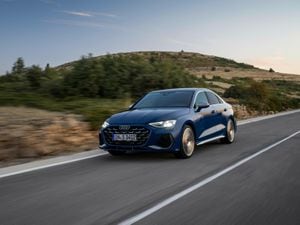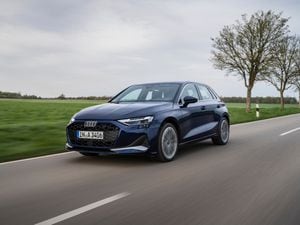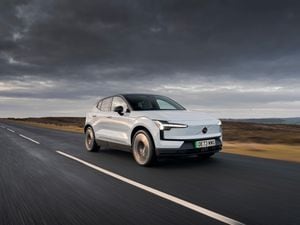Long-term report: The Volvo XC40 Recharge is a positive sign of things to come from an electric future
Ted Welford waves goodbye to his XC40 after six months of pleasant electric car ‘ownership’
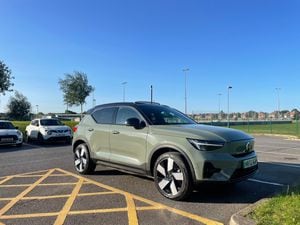
You will likely have seen the news recently that the ban on new petrol and diesel cars has been pushed from 2030 to 2035.
While some welcomed the decision, many in the industry have not reacted so kindly. Lots of manufacturers have already set out strict dates when they’ll be ‘electric only’, which is often ahead of 2035, and they’ve said this won’t change.
It’s worth noting that the government’s ‘zero emissions vehicle mandate’, which essentially forces manufacturers to have a certain share of their sales to be electric or face fines, mandates that by 2030, 80 per cent of new car sales must be electric. That leaves only a fraction of leeway for petrol and hybrid vehicles to carry on up until 2035.
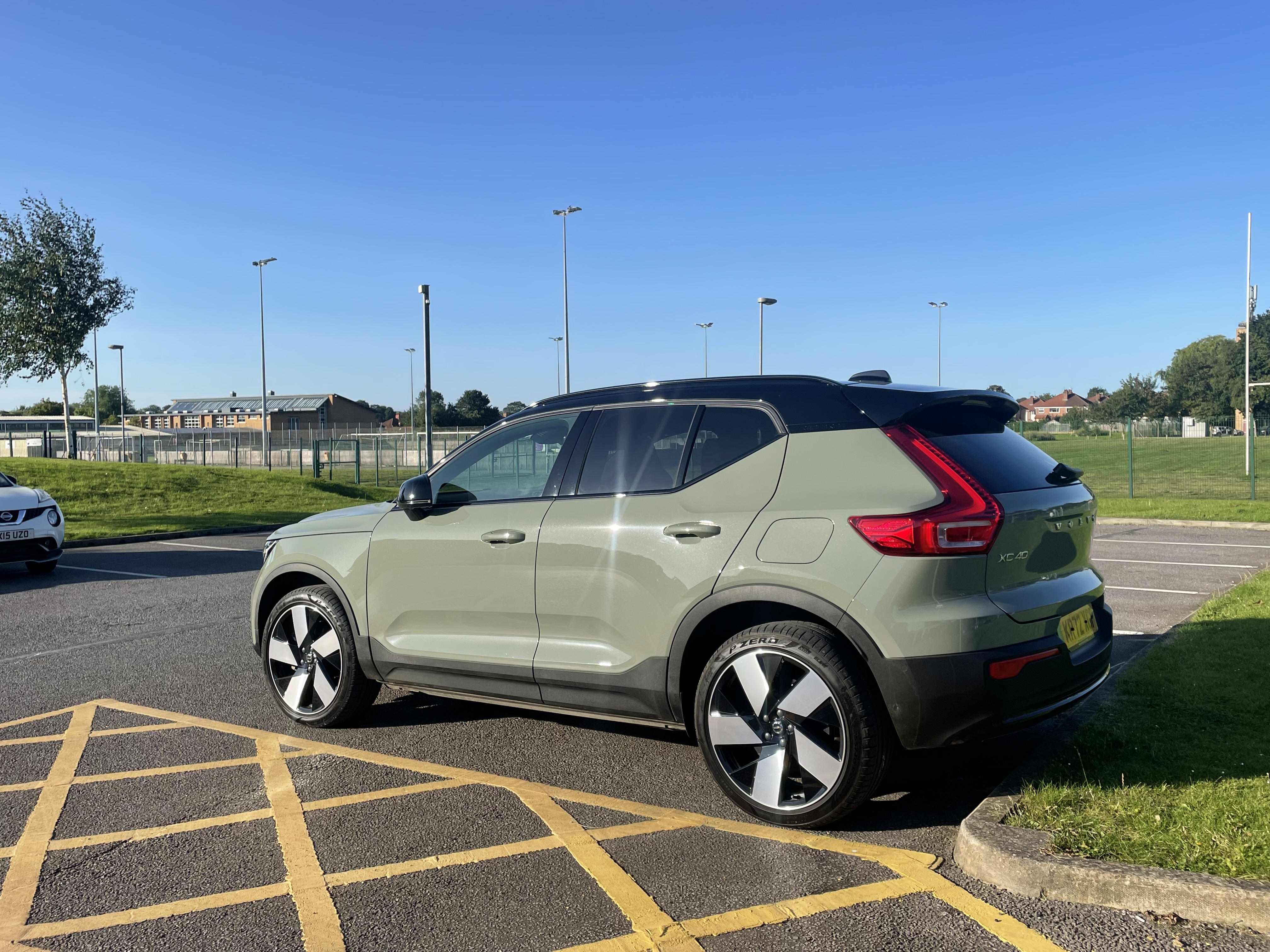
At Volvo, it’s outlined that it will be ‘electric only’ by 2030’, which its bosses have said will be rigidly stuck to. In 2024 there will be the arrival of two electric Volvos – the EX30 (its smallest model) and at the opposite end, the EX90. Both are SUVs, which is all the firm now sells in the UK.
But Volvo is already well on the way with its electrification journey, as I’ve been discovering over the past six months with ‘my’ electric Volvo XC40 Recharge P8.
Arriving in February, I had KR72 XGP between February and August, clocking up just over 5,000 miles in that time, though there was a month of that when the XC40 wasn’t used at all due to holiday.
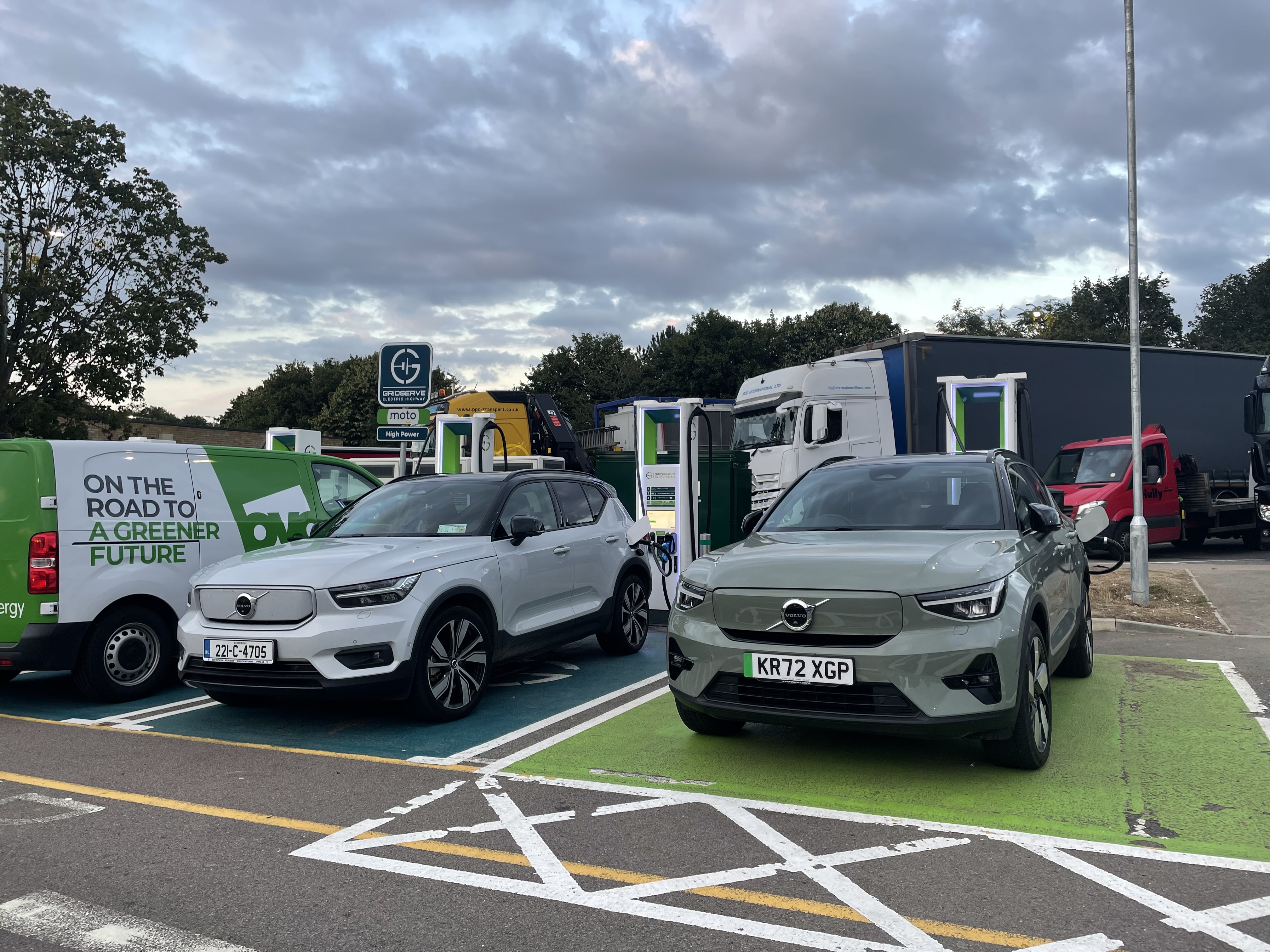
I’ve run several electric cars for extended periods, but I can comfortably say this Volvo is the easiest EV I’ve tried yet. Admittedly it is being helped by the growing public charging infrastructure. Don’t believe everything you read, charging – while not always perfect – is nowhere near as painful as you might believe.
The XC40, in this 402bhp all-wheel-drive guise, is not particularly efficient though. While I rarely drove with outright range in mind, during my entire mileage, I averaged 2.8 miles per kWh. In other words, with its 78kWh battery (of which 75kWh is usable), I was getting a typical 210 miles on a charge. That’s not a lot for a mid-size family SUV.
That said, it was the charging speeds that really impressed me with the XC40. The Volvo can charge at up to 150kW, which theoretically means you’ll only need half an hour to get the battery to 80 per cent. Quite often, you rarely seem to be able to get the quoted charging times that car firms state, but that was never the case with the XC40. It would reliably charge at the quickest rate each and every time, which really makes a difference on longer journeys.
It was a terrific companion on extended trips too, with the ultra-comfortable seats and range of top-tier driver assistance features really taking the strain out of hours behind the wheel. I’d perhaps choose some smaller wheels than the 20-inch alloys on this car, as there’s scope for greater comfort and less road noise.
Other things I didn’t like about the XC40? Well, I’ve covered the two main ones (range and road noise), but the only thing I’d alter is the regenerative braking, which slows you down and in the process charges the battery. With many EVs, you have the flexibility of different levels of this braking, but in the Volvo, it’s very much ‘slamming on the brakes’ or non-existent’. I defaulted to having it off most of the time as otherwise it was quite hard to drive smoothly.
But aside from those things, the XC40 has been a joy to have as my wheels for the past six months. I didn’t have a single issue or reliability concern with the Volvo, while it was always practical, from carrying four adults to being used as a bike car.
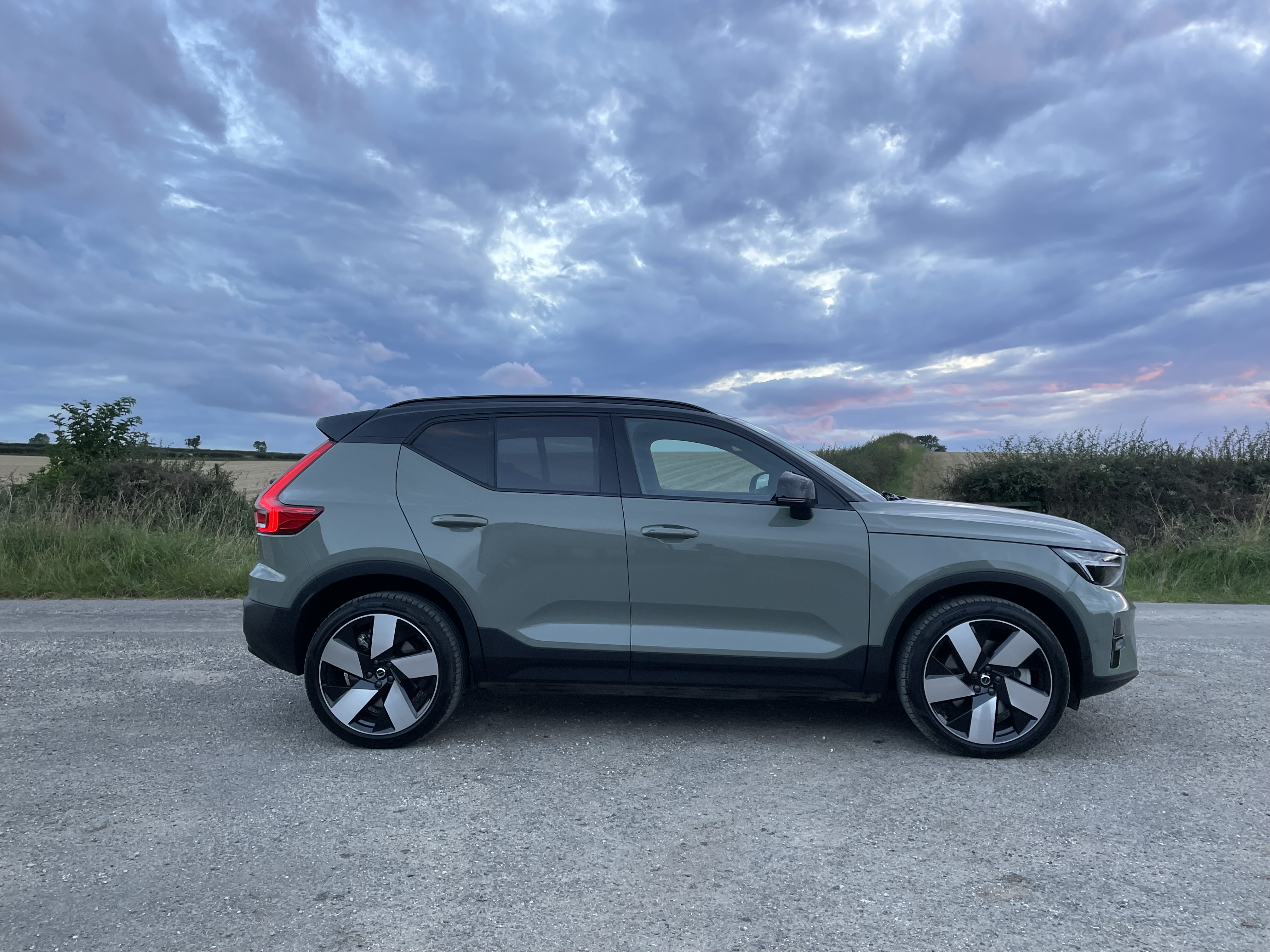
Though not the most rational of choices, this 402bhp XC40 offered almost silly levels of performance. This Volvo doesn’t need as much power as it does, but its pace and traction from a standing start, or overtaking, was exceptional. It certainly raised a few eyebrows and not just my own.
Volvo seems even more ‘all in’ on electrification than many of the other premium brands, and if this XC40 is anything to go by, it’s a very promising look at what this Swedish firm will be doing in the future.


